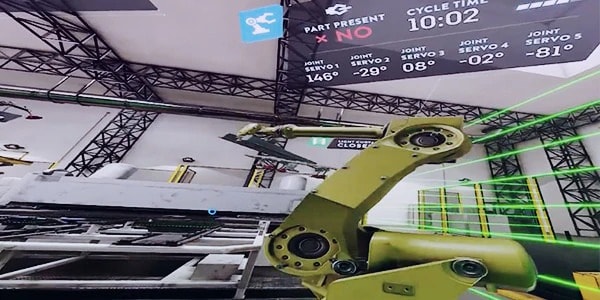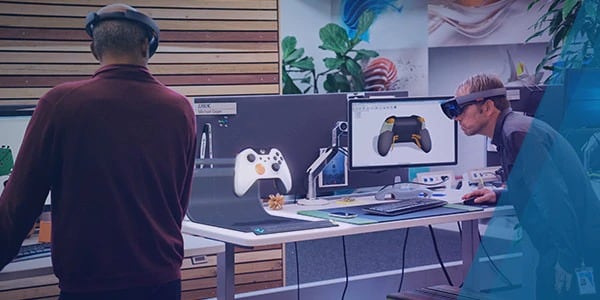AUGMENTED REALITY, VIRTUAL REALITY AND MIXED REALITY
Introducing immersive design
More than just cool technologies, augmented reality (AR), virtual reality (VR) and mixed reality (MR) are changing how we design, create and experience everything from factories, buildings and cars to training, learning and entertainment.










